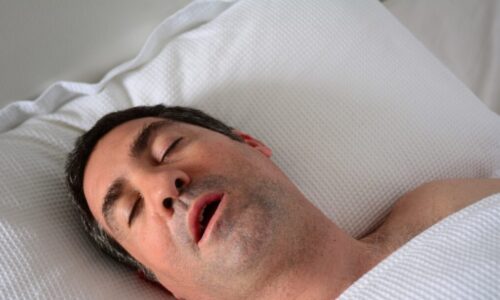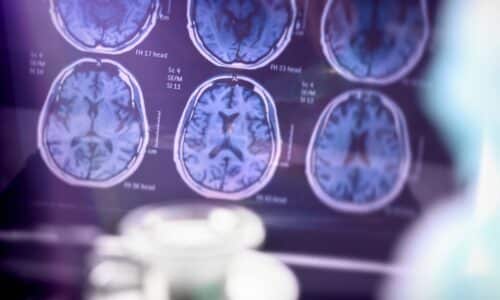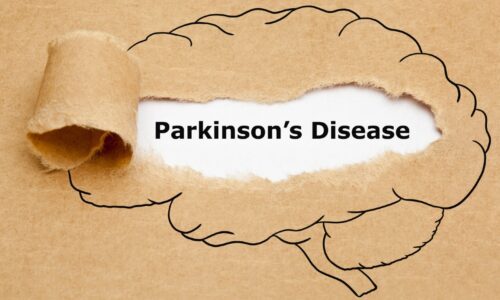What does S. A.D. mean? |

Seasonal Affective Disorder (SAD) is a mood disturbance that characteristically occurs in the autumn or winter with remission in the spring and summer. Its development coincides with the fewer hours of sunlight available during the winter. In a given year, up to 5% of the U.S. population is thought to experience mood changes during the winter. In contrast with the more common “wintertime blues”, however, SAD is characterized by more severe depressive symptoms.
How can lack of sunlight lead to depression? Even though the mechanism for the development of SAD is not completely understood, it is clear that light affects brain chemistry.
With varying amounts of sunlight, people experience a shift in their circadian rhythm or “internal clock” that regulates the 24-hour cycle of biological and mental processes. This alteration in circadian rhythm, along with changes in a sleep-related hormone known as melatonin and a brain chemical known as serotonin are thought to underlie the development of SAD.
How is SAD diagnosed? There are no blood tests to confirm the presence of SAD. The diagnosis is made based on the characteristic signs and symptoms that occur during predictable times of the year. Symptoms of SAD can include:
- Fatigue or excessive sleeping
- Depression (feelings of sadness, apathy, hopelessness, etc.)
- Lack of interest in normal activities or in social interactions
- Overeating and weight gain or sometimes weight loss
- Decreased ability to concentrate
Is there anything that I can do to prevent SAD? Those who are susceptible to the effects of shorter days or who experience mild symptoms of SAD may be able to circumvent more severe symptoms by:
- Increasing exposure to sunlight. Opening blinds and arranging the home or office to take advantage of sunlight during the day.
- Getting regular exercise. This helps by relieving stress and improving sleep patterns. If nothing else, taking a walk during the sunny part of the day can be beneficial.
- Socializing so that you stay connected with people you enjoy being around.
- Although not always practical, taking a trip to a sunnier part of the world during the winter can help to reset one’s internal clock to a more summer-like state.
Fortunately, in many cases, SAD symptoms resolve on their own when daylight hours lengthen, and remain symptom free throughout the spring and summer.
What can be done when SAD becomes more severe? In cases when lifestyle measures aren’t adequate, light therapy (phototherapy) has proven to be an effective treatment option. Typically this involves exposure to a special florescent lamp for 30 minutes, up to a couple of hours each day. Phototherapy is thought to suppress the body’s natural release of melatonin and help reset the “internal clock”. With severe symptoms, antidepressant medications including paroxetine (Paxil), sertraline (Zoloft), and (Wellbutrin XL) may be beneficial.
What’s new in SAD treatment? There is growing evidence that a type of “talk therapy” known as cognitive behavioral therapy (CBT) is also beneficial in treating SAD. CBT has been used in the treatment of major depression for years, but has only relatively recently begun to be used in the treatment of SAD. A primary goal of cognitive behavior therapy is to teach patients to take control of how they interpret and deal with self-defeating thoughts. The therapist may also encourage positive behaviors such as engaging in regular physical activity during the sunniest part of the day during the winter. A major benefit of CBT over other forms of treatment is that its effects appear to carry over into subsequent winter seasons.
If you have any more questions just Ask Hanna, our health advisors are here to help.
Image: ©Shutterstock / Claire Fraser Photography








